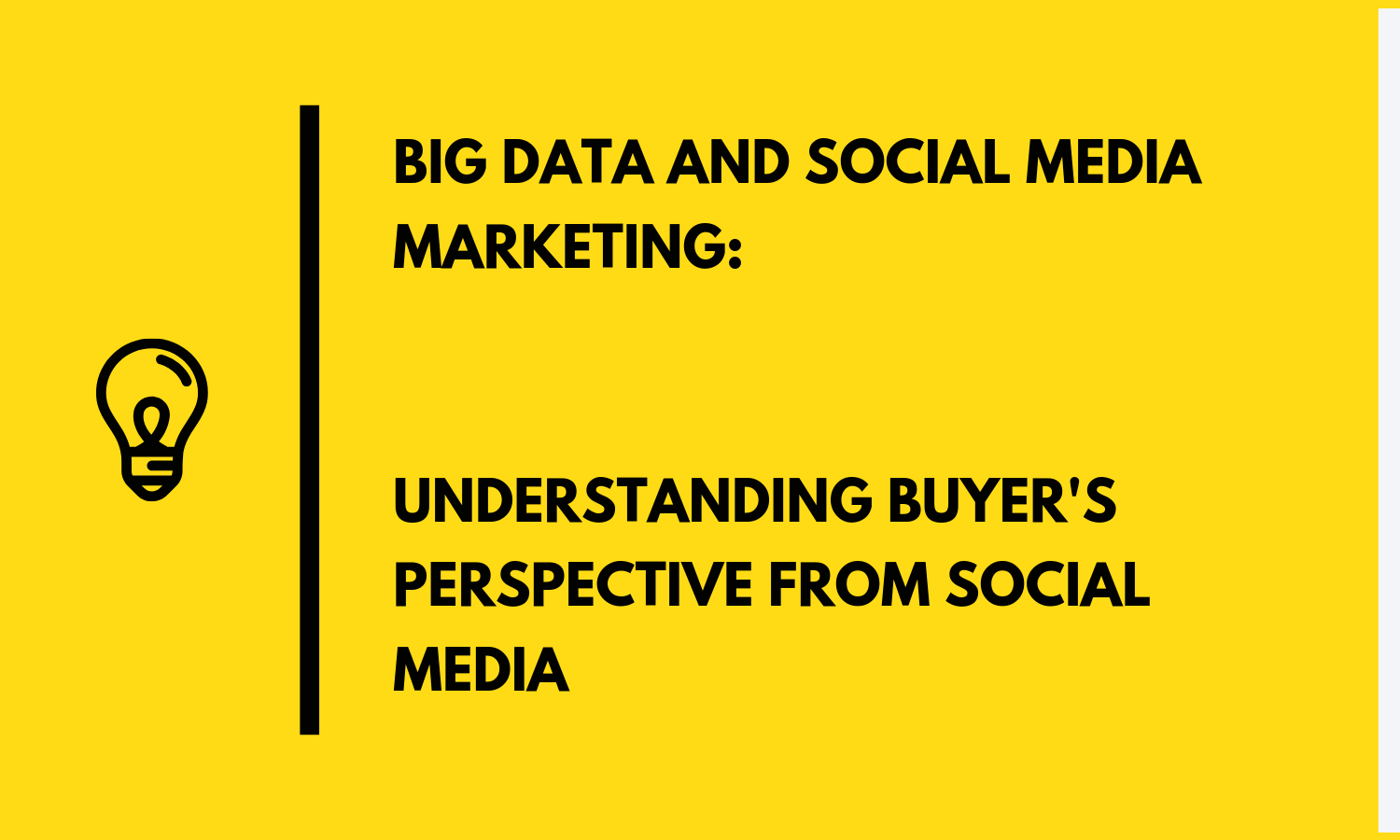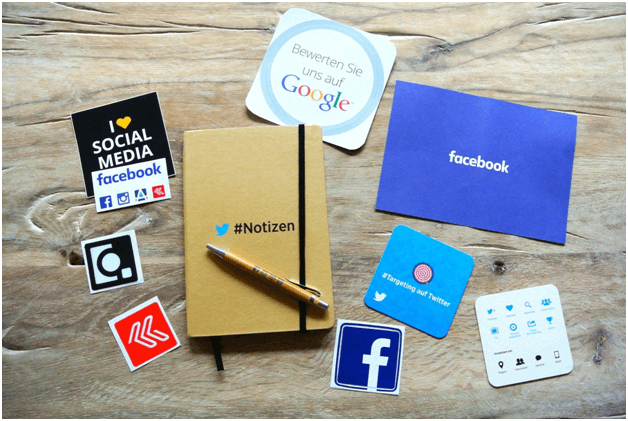Big Data and Social Media Marketing: Understanding Buyer’s Perspective from Social Media
Do you know that among the world’s population of 7.6 billion, the internet has 4.2 billion users in which 3.03 billion are active social media users?
The social media is a treasure trove of data to understand every single aspect the marketers need to glean – from identifying the buyer’s personas to mapping the customer journey.
In today’s world, customers are becoming smarter and evolving with the choices they make. This implies that a normal buyer’s perspective keeps changing. The buyer’s persona your marketing team had designed a year back wouldn’t necessarily stay the same. And the best way to keep track of the changing behaviors of a typical buyer is through social media.
There is no dearth of data in social media that enables you to incur conclusions and insights into the buyer. Making use of the data from social media will essentially help the marketers to keep abreast of their buyers, their patterns and their plans and make the right move to market their product and make a sale.
The structured data from social media when analysed could give clear insights into how and when the marketing could make a proper hit with the customers.
Marketers have come to depend on social media a lot for reaching their target customers. From social media ads to organic efforts through various social media channels, marketers are relying heavily on social media to reach more customers and to increase conversion and retention. A lot of these activities combined with the data left by the normal users can prove to make a monumental transformation in understanding the customer.
Unfortunately, not many companies have been making use of these data to get a clear idea of their typical customer and this is evident in the success of their marketing efforts which is best observed in terms of customer experience. According to the Gartner Customer Experience in Marketing survey in 2017, only 22% of the companies said that their customer experience efforts have exceeded customer expectations.
Most of it may be contributed to the ignorance of the marketers in making use of the data at hand to understand the customers or the lack of resources for data analytics. Few of the simple data, like the structured ones from the Facebook analytics, Twitter analytics and other direct data interpretations from their company handles could give them some valuable information about their customers. The data from the social media ads run, campaigns conducted, customer interactions had can be put into the forms of structured data. These data can be put to best use in crafting buyer personas – a crucial, initial step in every marketer’s journey.
The future of analytics and customer experience
The efficiency with which a company makes an effort to better customer experience is often determined by how much understanding they have on the buyer’s perspective. If a company wants to have the right image of buyer’s perspective backed by a concrete proof, then analytics is the only way to do that.
A surprising fact to be noted is that 9.2% of the marketing budget was allocated to marketing analytics in the year 2017-18 which is the largest portion of all the marketing budget. This signifies the right step some of the major corporations have taken in putting the data to proper use.
It can be understood that the progress towards making something useful of data collected is already set in motion and some of its results have already become visible. Do you remember those promotional messages you receive about the tour packages in a particular city after you had booked its tickets or the calls from investment agencies when you have opened a new trading account?
It is the fair proof that the data generated has been analysed to get new leads and convert the leads to sales. It also supports the fact that the direction of development in the data analysis is moving in the right direction but still needs more refinement in approach. Interestingly, a 2017 Gartner survey has also predicted the same growth in the utilization of data. It is predicted that by 2020, more than 40% of data analytics projects will be related to customer experience.
The social media data, a major part of this data analytics, when combined with the data collected from other sources can represent a complete view of who the customer is – an all and thorough idea into what runs in the customer’s mind, how they think, how they respond, what they prefer, everything that could define them.
Newer algorithms are being developed to increase the efficiency of the big data services India to provide a holistic improvement in the way marketing to customers is looked at. The bigger and better social monitoring tools and the direct analytics from the social media pages will play a significant part in heading this development.
With the proper developments of analytics, companies will be able to map complete customer journey, match deals and offer to the right customers, land more sales, decrease customer churn and a lot more.
Author Bio : Business Analyst / Business Intelligence Analyst as well as Experienced programming and software developer with Excellent knowledge on Hadoop/ analysis, Data Warehousing/Data Staging/ETL tool, design and development, testing and deployment of software systems from development stage to production stage with giving emphasis on Object oriented paradigm.




